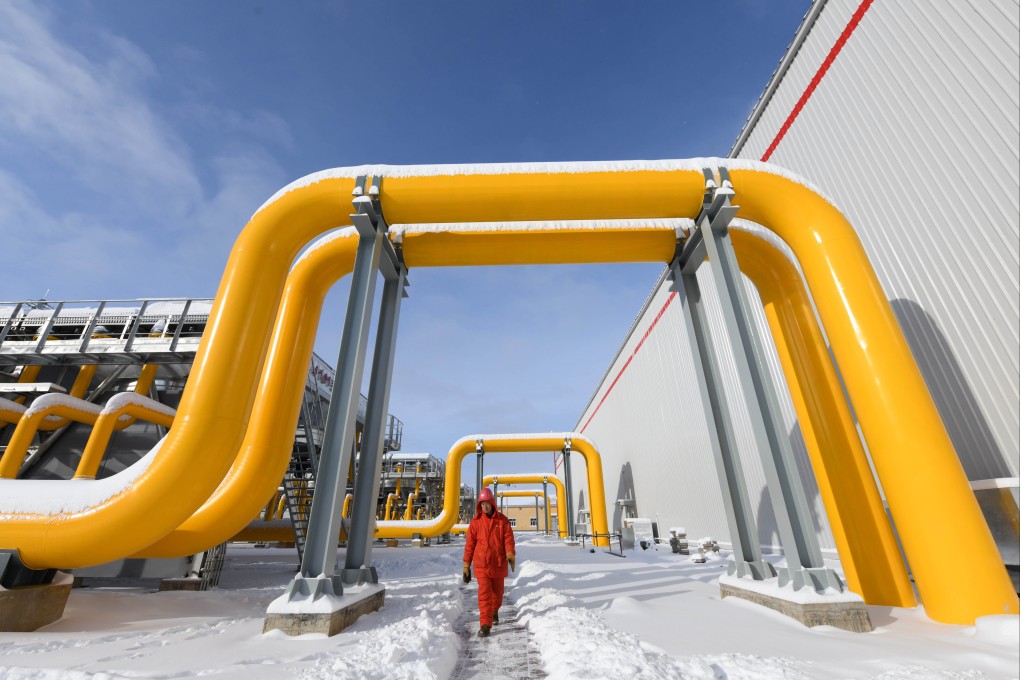Advertisement
Climate change: China among countries that should rein in natural gas power plant expansion if global net-zero ambitions are to be met, think tank says
- Almost a fifth of the world’s gas power capacity under construction and a tenth of the planned capacity are in China, San Francisco-based Global Energy Monitor says
- China’s planned gas capacity not a ‘stranded asset’ risk, as it is required to meet peak power demand, Hong Kong-based analyst says
Reading Time:3 minutes
Why you can trust SCMP
2

China – with the world’s biggest pipeline of natural gas power plants under development – should join major developers including Europe, Vietnam, Brazil and the United States in reining in expansion to give the world a better chance of meeting its climate goals, a US clean energy think tank said.
If all of the world’s 615 gigawatts of projects, of which 161GW are being built and 454GW are planned, are completed, this will raise global gas capacity by a third, San Francisco-based non-profit research organisation Global Energy Monitor said in a report published last week. The total investment involved is estimated at US$509 billion.
“Much of this investment represents a stranded asset risk, since it will need to be retired before the full lifespan of the plants under the International Energy Agency’s [IEA’s] 1.5 degrees net-zero pathway,” said report authors Jenny Martos and Julie Joly.
Advertisement
Almost a fifth of the world’s gas power capacity under construction and a tenth of the planned capacity are in China, they said. At 77GW, its total projects pipeline is the world’s largest, compared to 65GW in Europe, 56GW in Vietnam, 49GW in Brazil and 34GW in the US.
The US’ operating fleet of 528GW – 29 per cent of the global capacity – was the world’s biggest as of January this year and much larger than China’s 103GW.
Advertisement
Advertisement
Select Voice
Choose your listening speed
Get through articles 2x faster
1.25x
250 WPM
Slow
Average
Fast
1.25x